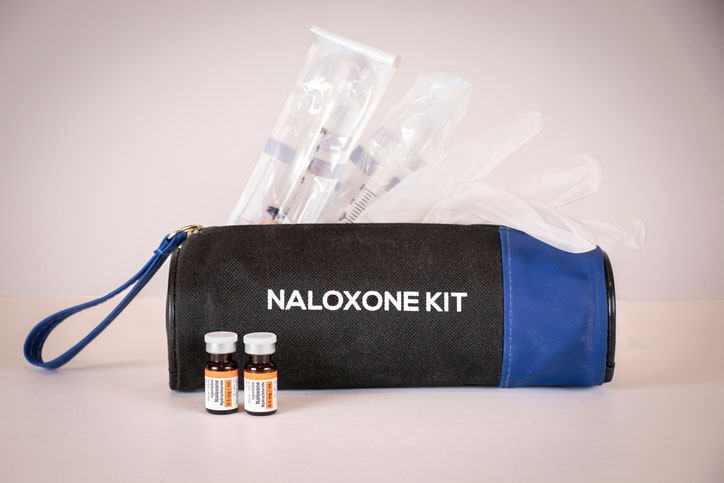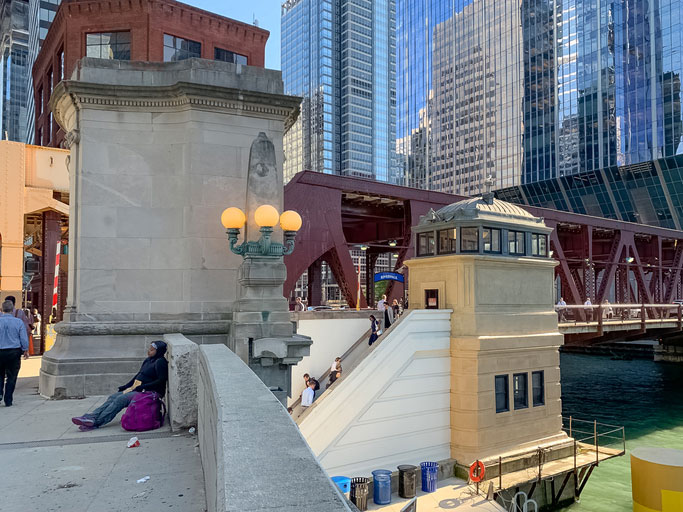Written by Scott Wilson
No matter where you are in Illinois, the opioid crisis is what people are talking about. Tiny villages like Oak Lawn and River Forest are filing suit against pharmaceutical companies… Alexander/Pulaski Country is holding open houses to help residents adjust to the crisis in southern Illinois… in Chicago, nearly $80 million in remediation funds will be poured into harm reduction, substance use disorder treatment, and recovery supports.
In Chicago, on a recent May Saturday, EMS responded to 50 opioid-related calls.
This isn’t an Illinois-specific epidemic. It’s a national issue, and has been for some time.
More importantly, it’s a social work issue. The causes, consequences, and solutions to the opioid epidemic are found in the intersections of all the various angles in which social work has become the indispensable tool:
- Housing policy and availability
- Public health services
- Medical prescription policy and regulation
- Criminal justice reform
- Economic disparities
On top of that, social workers are indispensable when it comes to coordinating inter-professional crisis care. As the traffic cops in the human services field, they are experts in prioritizing, identifying open lanes to critical resources, and coordinating among health, housing, and counseling service providers.
When you look closely at the opioid epidemic in America, it’s hard to imagine how it could possibly be solved without social workers. And here in Illinois, as elsewhere, progress is being made despite the dreadful specter of overdose deaths.
A Dangerous Drug Became More Dangerous and More Common With a Combination of Errors

The ascent began in 2012.
Heroin had been the American street opioid of choice for decades, starting in the 1970s when soldiers returning from Vietnam brought the habit home with them.
But the unique structure of American healthcare and insurance industries came together in the 1990s to create a surge of prescription opioids. Pills are cheap pain treatment, and opiates are highly effective. Insurance companies love the cheapest treatment options, and pharmaceutical companies like big profits.
It proved to be a lethal cocktail for hundreds of thousands of Americans who rapidly became addicted.
After several years of more or less steady rates of 500 opioid-related fatalities per year, 2012 bumped up close to a thousand. In 2013, it was over 1,500.
And it just kept going.
In 2020, at the height of the COVID-19 pandemic, nearly 4,500 Illinoisans overdosed and died. Much of the increase was due to the widespread availability of inexpensive and powerful synthetic opioids, like fentanyl. But as social workers are well aware, anything that offers that high eventually kills.
Social Workers Have Been on the Front Lines of the Fentanyl Crisis Since the Beginning

While social workers were sounding the alarm, most of the state backed into the crisis unaware.
As always, it was the poorest and most marginalized communities that felt it first. Social workers in Chicago saw first-hand how cheap synthetic opioids were flooding the streets. More powerful than heroin and often cut with other substances, they upped the danger of accidental overdose.
Yet it wasn’t just the major urban areas. Rural communities and small towns felt the heat too. Little Dixon started by trying to arrest their way out of a wave of drug offenses, but the police department was quickly overwhelmed by the criminal justice approach.
Spurred by the work of social workers like Natalie Andrews toward taking a more public health-oriented response, Dixon created the Safe Passage task force. Today, police accept drugs for disposal with no questions asked, and direct users to assistance. If needed, they’ll even arrange transport to the nearest available treatment center.
New Programs and New Authorities Help Illinois Social Workers Succeed in the Fight Against Opioid Addiction

Safe Passage and other diversion programs aren’t the only way that social workers are starting to have an impact on the Illinois opioid epidemic.
In May of 2024, Senate Bill 3779 was passed by the state House to authorize social workers to carry and administer Narcan in the course of their duties.
Opioid antagonists such as naloxone, commercially marketed and known on the streets most popularly as Narcan, have an almost miraculous ability to bring overdose patients back from death’s door. The medication blocks the chemical receptors that opioids latch onto, and blocks their effect for anywhere from 30 to 90 minutes… enough time for the drug to dissipate or to seek more definite medical care.
This is particularly important because research conducted by Northwest University’s Feinberg School of Medicine found in 2021 that more than three quarters of all opioid overdose deaths happened prior to the arrival of emergency responders at the scene.
It’s not surprising, considering how overdose deaths occur and how the emergency medical system works in the United States. An opioid overdose begins with deceptive tranquillity… many people simply seem like they are drifting off to sleep. Then they stop breathing.
By the time seizures and muscle spasms kick in to alert those around them to any problem, the patient is often well into their critical five to ten minute survival period without oxygen. That is basically the national average for EMS response time, leaving only a razor thin margin to administer naloxone.
Social workers, however, are proactive. Many of them are already out on the street, visiting homes, checking up on substance use disorder patients all day long. They don’t have to wait for a call—they may be the first person to discover an overdose patient.
With the right tools, they will be able to save hundreds of those people who will otherwise perish.
Author

Scott Wilson earned a bachelor of arts in English from the University of Washington in 1999 and promptly put it to good use building a healthy career in information technology as a system administrator, IT manager, and technology consultant. Returning to his liberal arts roots, he currently works as a freelance writer and splits his time between living on a sailboat cruising the Salish Sea and jetting off to warm and exotic destinations overseas.
View all posts







